Belongings
Mix CD Recommendation
2025.11.19
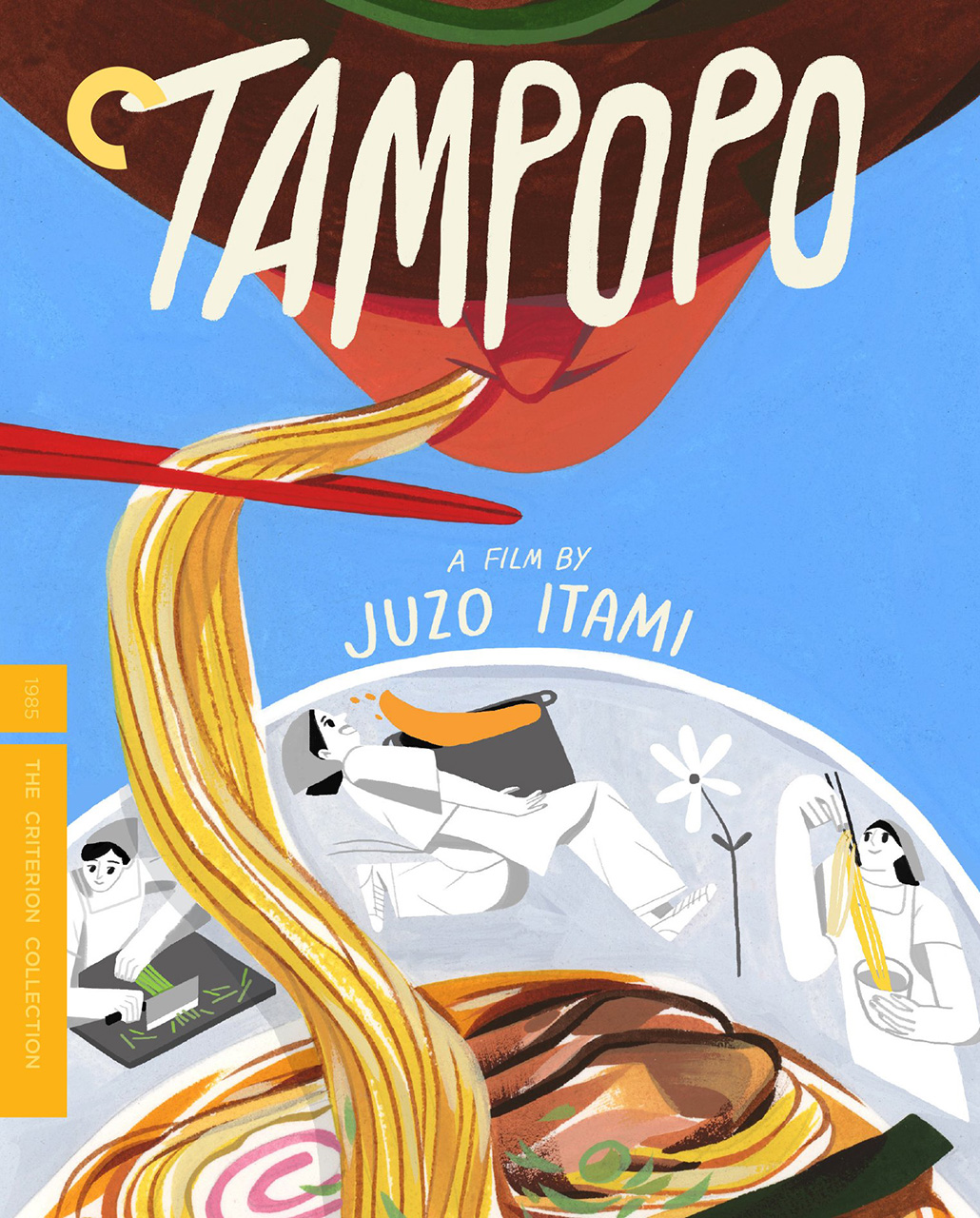

Belongings
Text: Jun Asami
2023.11.27
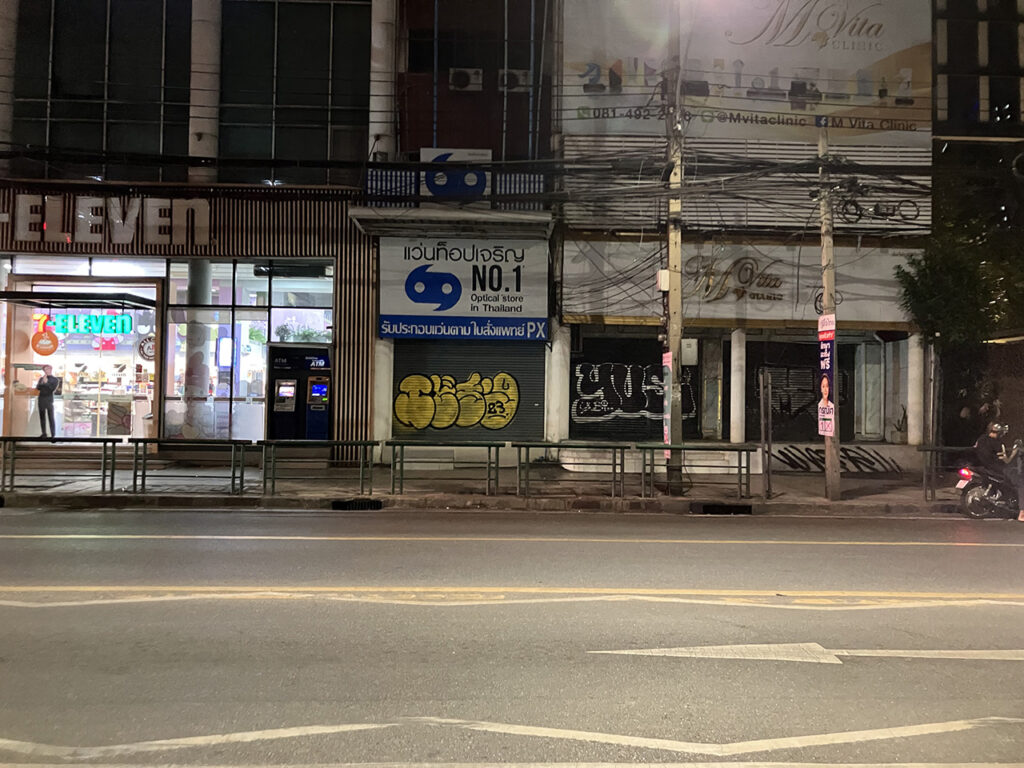
The Showa Emperor is famous for scolding a gardener who was removing weeds in the Nasu Imperial Villa Gardens with the exclamation that “There is no such plant with the name ‘weed,’” however, this expression was first coined by the botanist, Tomitaro Makino. Makino’s words go on, “Every plant has a proper name. I hate the term ‘thicket.’ All these trees have names: pine, cedar, oak, maple, sawtooth oak.” (Original Japanese quotation from: Kuninori Kimura, Learning How to Live From Shugoro, published by Jitsugyo no Nihon Sha)
I would like to take this attitude towards plants and direct it towards the graffiti that’s found in the city. After all, I think Makino’s words can apply to us too here in the concrete jungle. A huge number of pieces of art are pushed under the label of graffiti, but they all have their own names and a human was behind the creation of each and every one. It can be a little hard to decipher, but many pieces of graffiti are the tagger’s name and the way that it is expressed—cultivated through the place and time it is created, just like plants—exhibits the artist’s own style. One example of this is “ebichiri”—the Japanese for chili shrimp—which is a little easier to read.
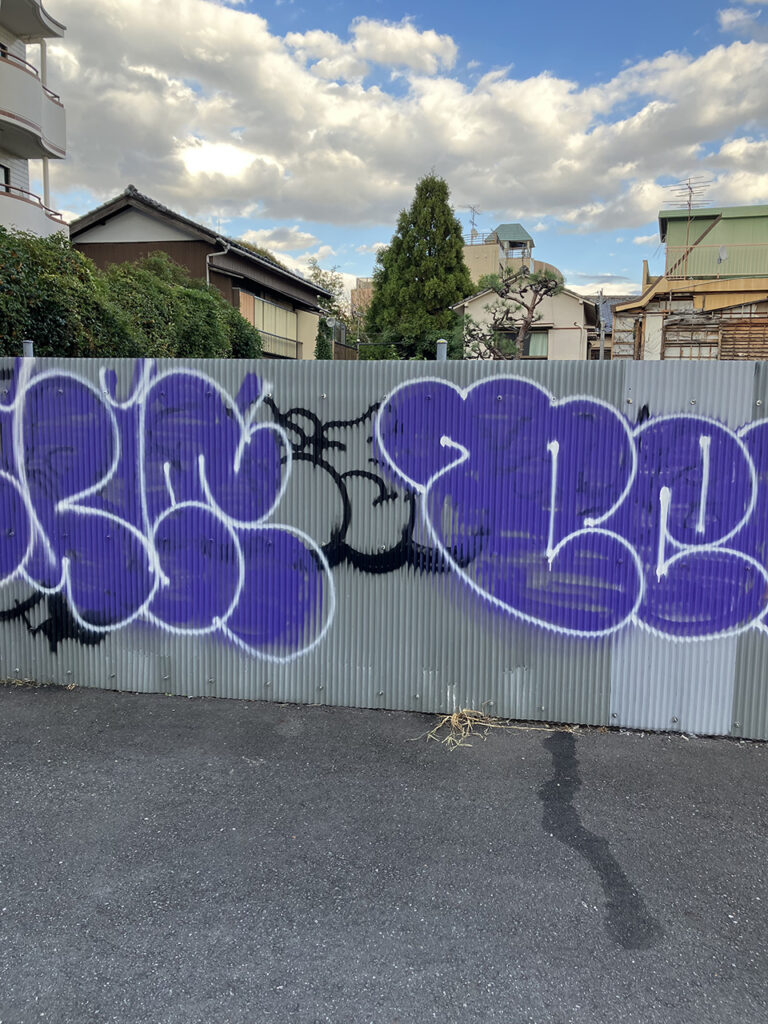
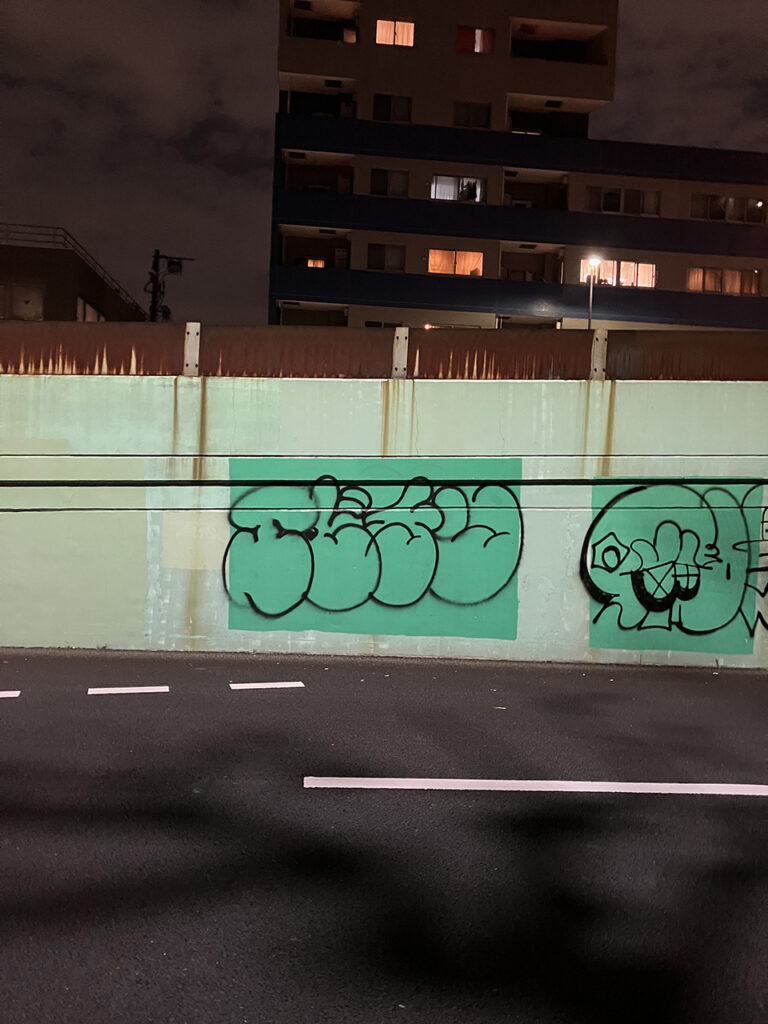
Another way of writing ebichiri is by using the first letter of each syllable to form EBCR, and both forms of this tag have been spotted chiefly in Shibuya over the past five years. The graffiti’s art style is bubbly and when written in vertical katakana, it possesses a sense of real movement. Outside of the city, variants have been spotted in Kyoto, Bangkok, and even a colored version in Ukraine last year. Just like with the vegetation that crops up on the streets, their existences can be short and fleeting.
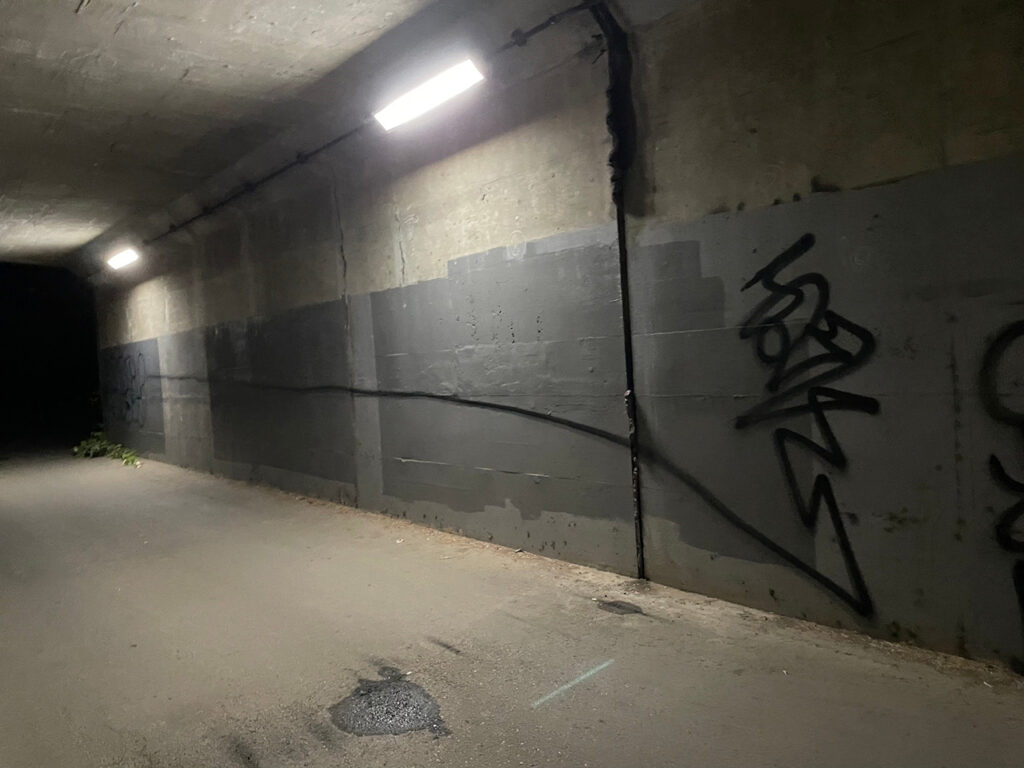
If you were to try and catalog the past half century of Tokyo’s graffiti history in a book, you would find that most have been lost to time. However, in a curious twist of irony, I heard that there is one organization that has logged the most graffiti art: the police. The idea that there is a whole collection of the city’s art locked away in a sterile environment to never be published really sets my imagination alight.
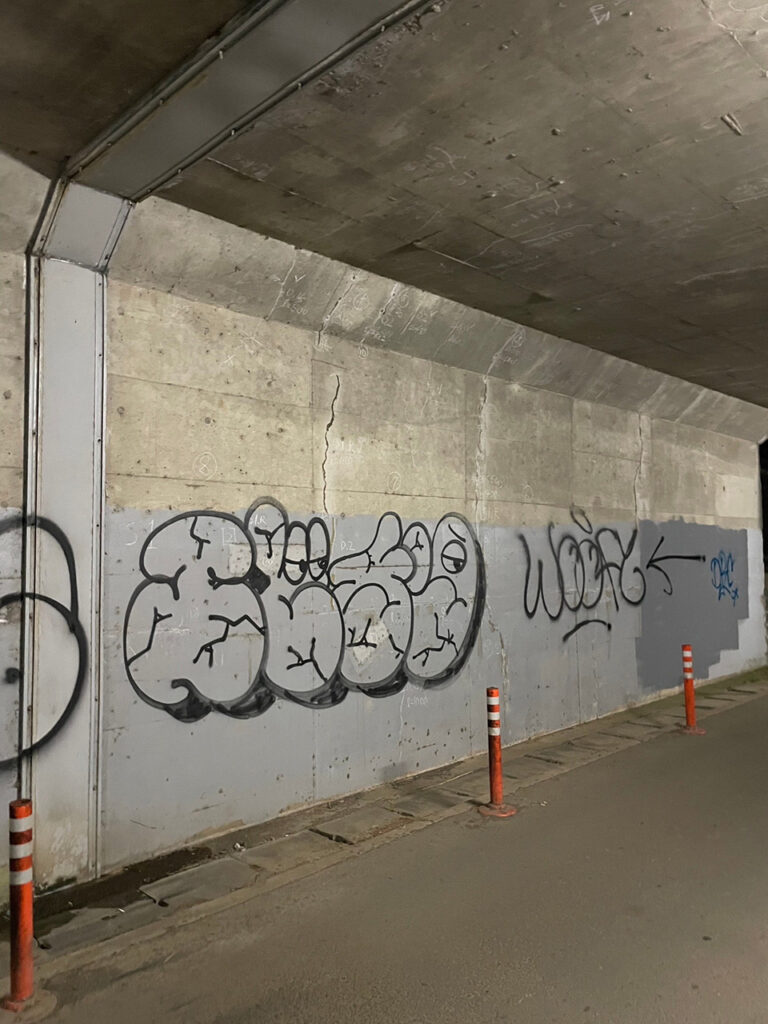
Similar to how the pervading smell of osmanthus that signals the arrival of autumn can unlock memories that had been dormant in other seasons, or similar to how your eyes follow a line of trees, linked together almost like Buddhist beads, it’s important to take a moment to let your gaze rest upon the various pieces of art that color the streets. If you look closely, you may see that this artform, denigrated with the name of property damage, also contains the unadulterated desire to create art.
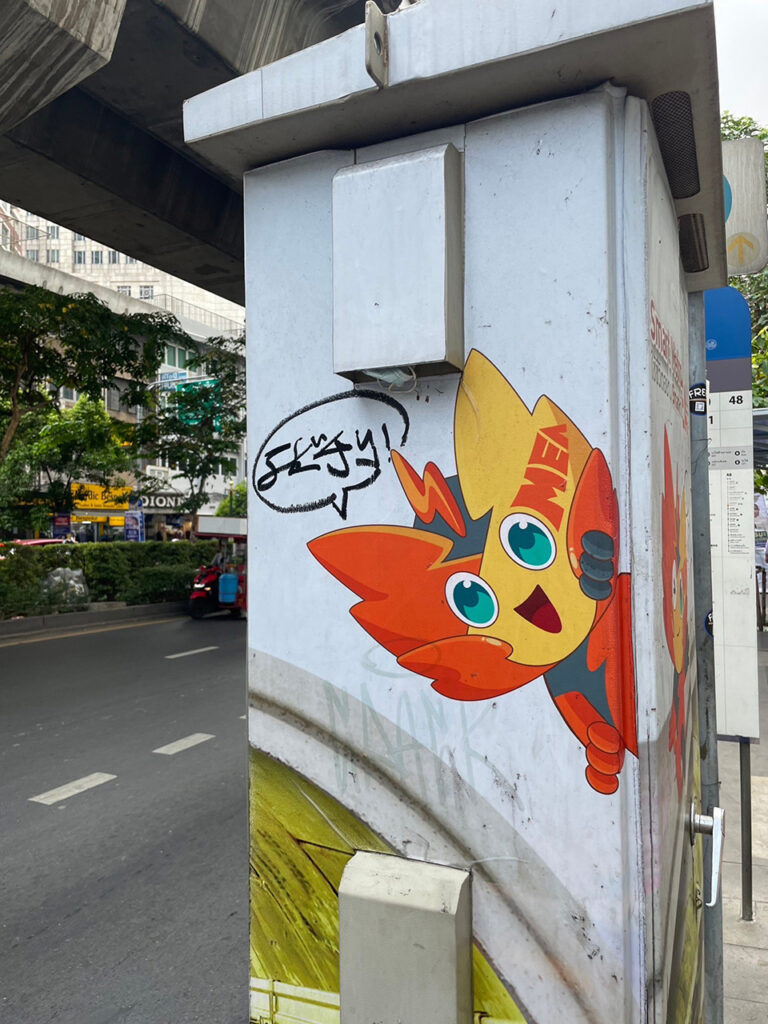
Jun Asami
Editor and Writer. Director of the antique shop ‘Goods’, also belongs to Design studio ‘Well’. He has worked on the production and publication of artbooks alongside other artist.
Belongings
Mix CD Recommendation
2025.11.19

Belongings
“Translator Sam Bett was awarded the Crime Fiction in Translation Dagger ”
2025.09.26
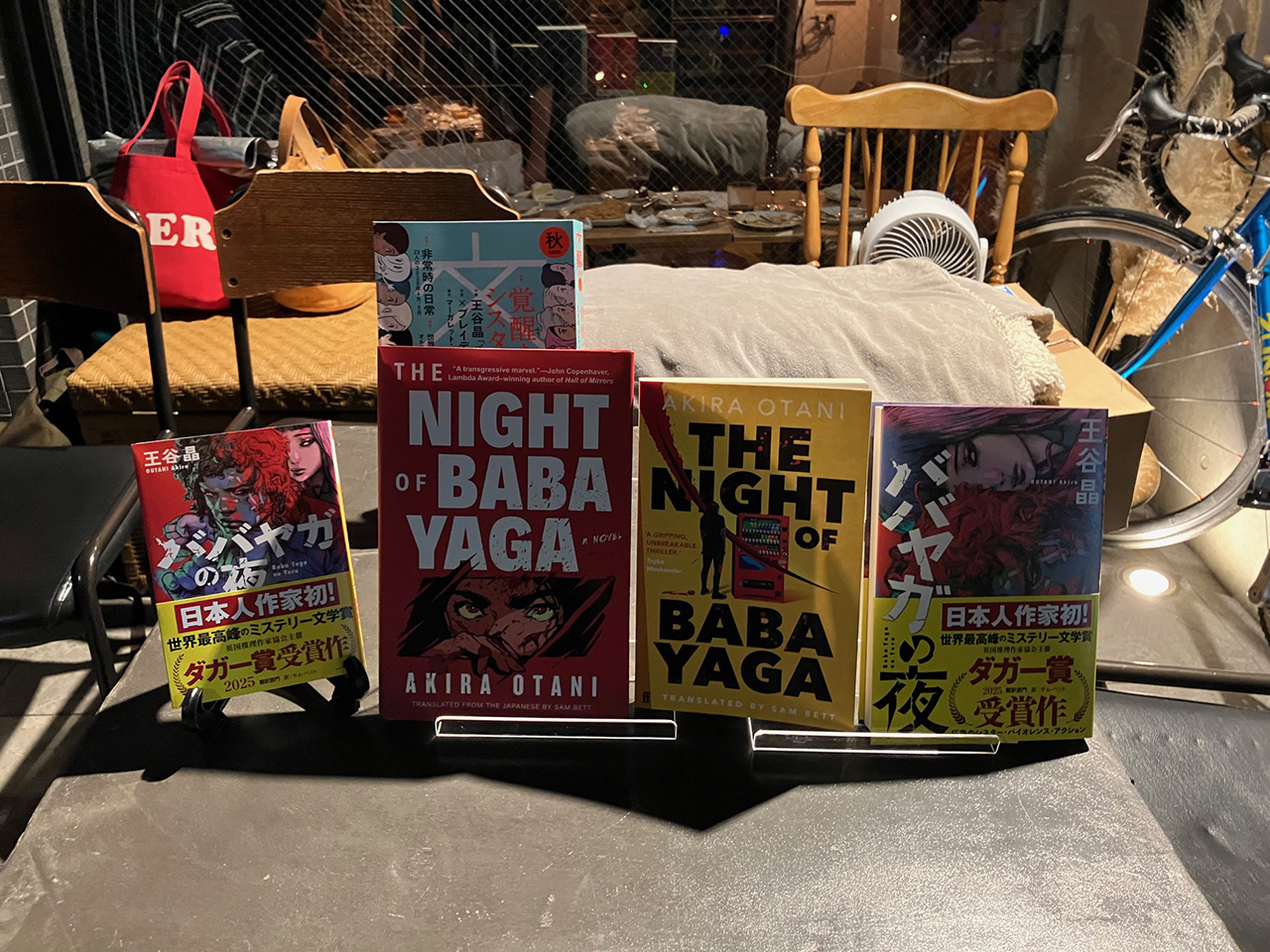
Belongings
“The Tears of People” Text: Rintaro Uchida / Illustration: nakaban
2025.08.26
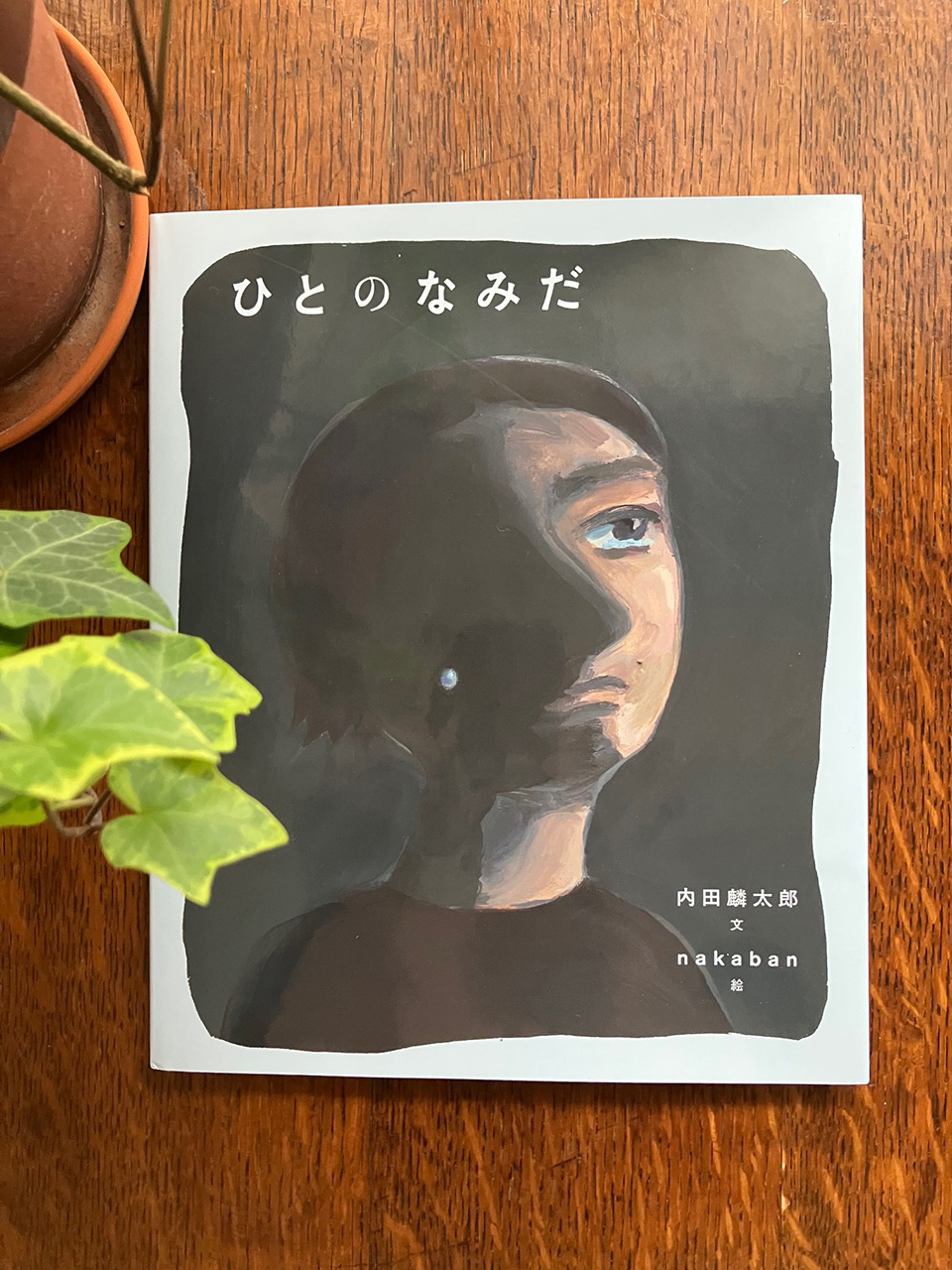
Belongings
ARON’S JOURNEY
2025.07.25
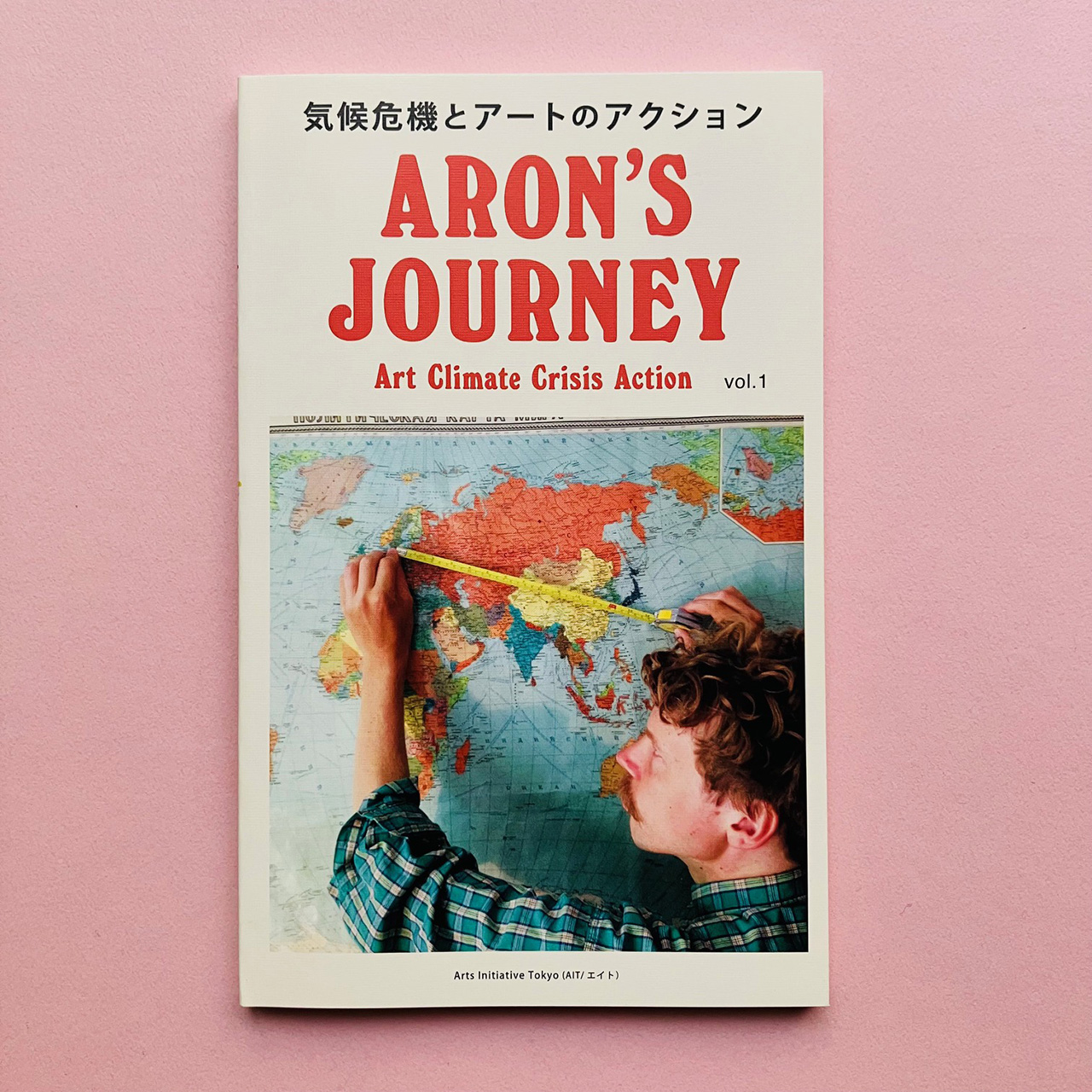
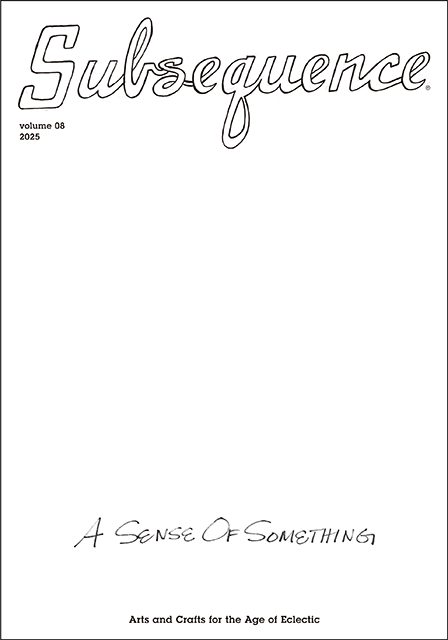
volume 08
2025-1st

Bilingual Japanese and English
260 × 372mm 148P
Release date: December 13, 2025